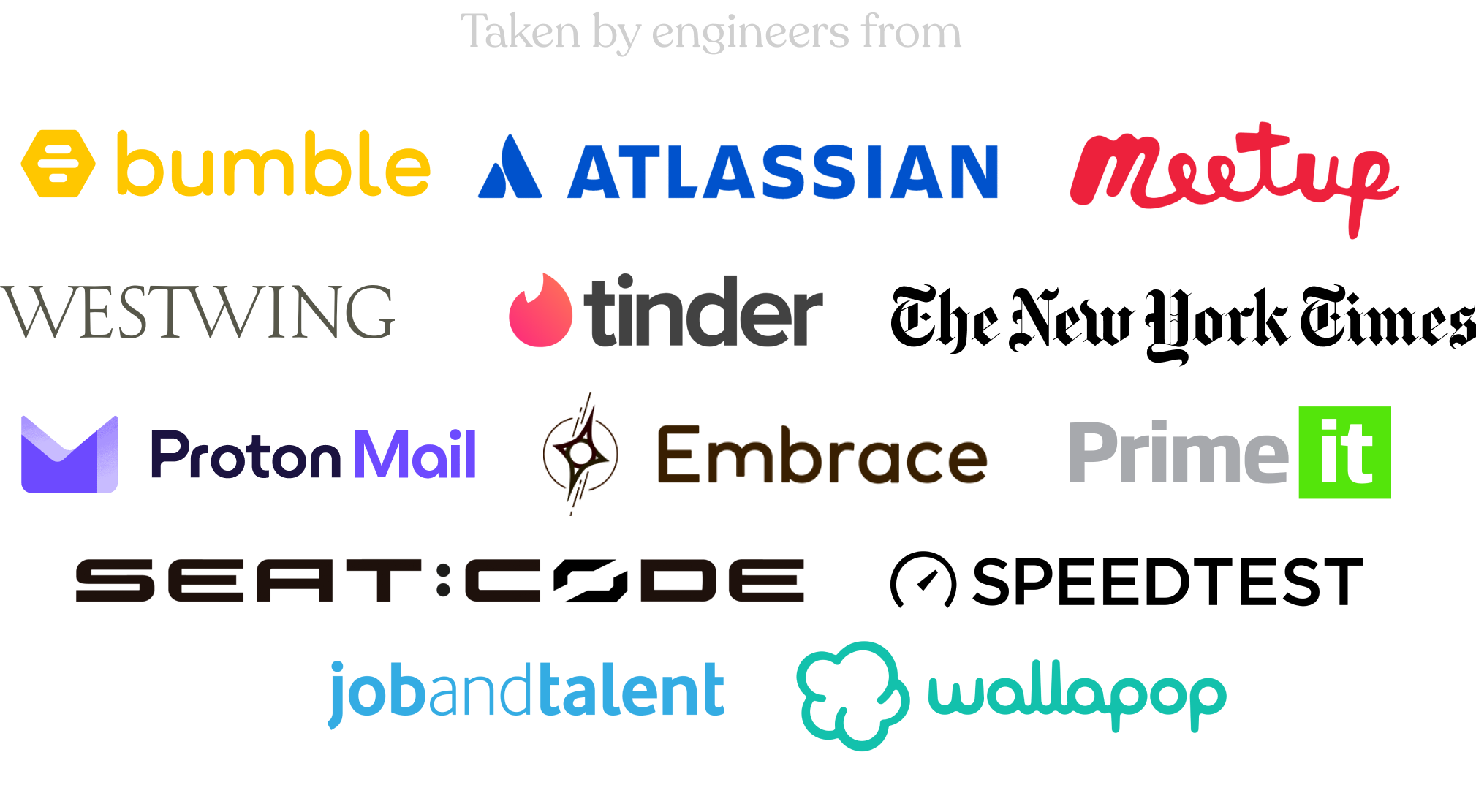Jetpack Compose and internals cohort course 🧑💻
Master Jetpack Compose and its internals. Learn how to work efficiently with it by going through the weekly stages of this course. Join others and interact with them and the trainer while progressing over the content together 🚀
